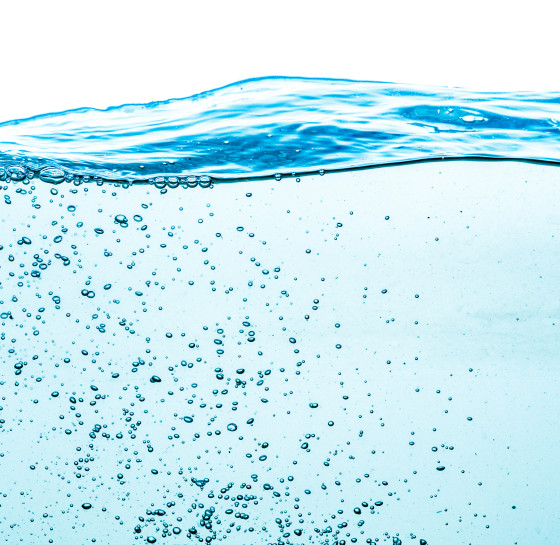Nothing is tiny when it comes to saving that extra drop of water.
If some recent initiatives in the industry are anything to go by, anything – from a car, an AC, a tire to a hotel lobby and a telecom tower can make that not-so-tiny difference.
Let’s start with Bridgestone India Pvt. Ltd. that has got together with the United Nations Children’s Fund (UNICEF) of India for ‘Drops of Hope’ -a Project on Water Conservation and Drinking Water Security, the first phase of which will be implemented in districts of Pune, Latur and Osmanabad in Maharashtra (incidentally, a place with the highest drought-prone blocks due to hard rock areas and shallow aquifers) India.
The company claims to be contributing a sum of 3.9 Cr. INR to the project over a period of three years so that robust drinking water security and safety plans can be addressed. This could mean a lot as only half of rural households in Maharashtra have access to tap water of which only 63 per cent is treated, with 20 per cent of rural household still depending on distant & unprotected sources for their domestic water supplies.
It is also disturbing to note the per capita water supply in state having huge disparities that can range from 21 ~129 liters per capita per day (lpcpd). The National Vision is minimum 70 lpcpd by 2020 and hence, this Project is planned with an objective of strengthening village-level committees to find local solutions to ‘Safety and Security Planning for Drinking Water’ throughout the year.
Use of innovative communication processes and tools to support positive behaviors towards water-usage and management will also mark this initiative’s unique approach.
As Dr. Yasmin Ali Haque, Representative, UNICEF India, shares, “The scarcity of water is no longer a myth. We are seeing that around the world and we know when resources go scarce, children and women are especially more vulnerable. By implementing this programme in partnership with Water Supply and Sanitation Department, Government of Maharashtra we are hoping to find sustainable and scalable solutions to the drinking water scarcity problem in the state which can hopefully be further replicated across the country.”
Moving northwards, we can see Indus Towers, a large telecom tower player celebrating its ‘Green Sites’ initiative which, it tells, has helped reduce the diesel consumption by its towers by almost 50 per cent, thereby, reducing dependency on fuel consumption. The company has also gone for new options like LED lights with sensors in meeting rooms and work station areas that switch off automatically when not in use; as well as regular e-waste collection drives in all its offices for proper waste-disposal; and donation of old laptops to NGOs so that they can be re-used.
Now turn to Volkswagen that is encouraging customers to opt for better alternatives to regular, energy/water-intensive habits and needs. It is pressing towards a unique waterless car wash, a low-emission water-based paint technology to its range of inventive, energy-saving BlueMotion technologies.
LED lights have got the attention and wallets of the Taj Mahal Hotel, New Delhi too as it has started using LED lights and light dimmers both in guest floor corridors and in the lobby. To add to that, there are water-level sensors installed in the hotel to avoid wastage of water due to overflowing; besides a rain water harvesting program and solar panels that are used for pre-heating of water.
Speaking of water wastage, Godrej Appliances has reminded everyone of an oft-overlooked, yet, obvious source of water left unused. As it explains in a press update: “Inside the indoor unit of an AC, there are evaporator coils that cool the warm air blown over it. This causes condensation and moisture forms on the coil, just like how water droplets form on a cold glass of water on a hot day. If run for a period of 8 hours, the air conditioner generates almost 10 Liters of water due to condensation. Generally, this water is taken out of our homes and discarded through drain pipes. However, with approximately five million units of air conditioners sold in India each year, that’s potentially 50 million liters of water daily that can be saved and re-used, even without considering the existing installed base of ACs.”
Taking this insight and moving a step further towards water conservation, Godrej Appliances is now educating and encouraging people to re-use this distilled water generated from air conditioners. If 10 Liters of water getting collected from air conditioners gets re-used every day for these purposes, we can save about 8 per cent of daily tap water!
Coz every small step and drop counts. Kudos to these fresh ideas.












Recent Comments